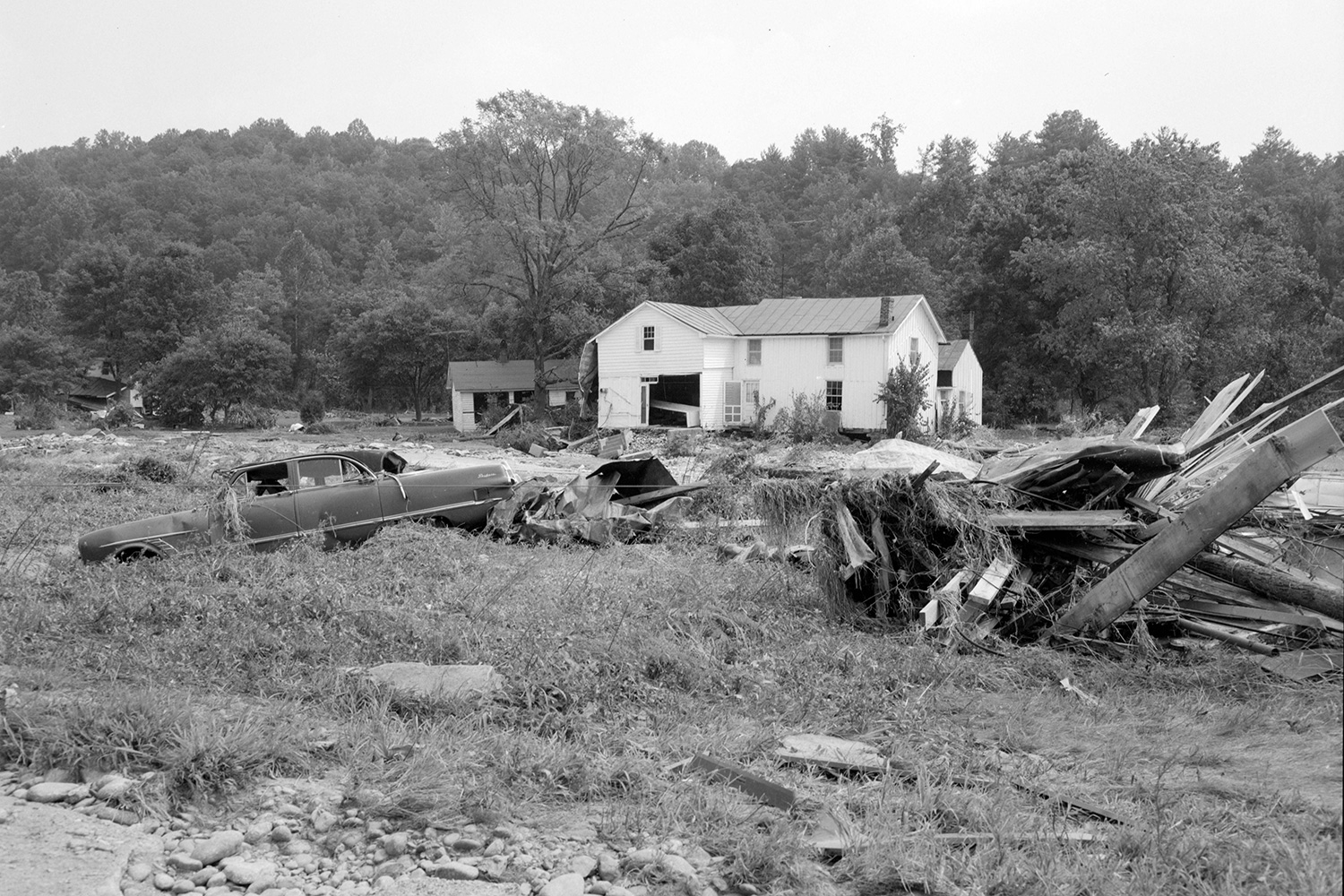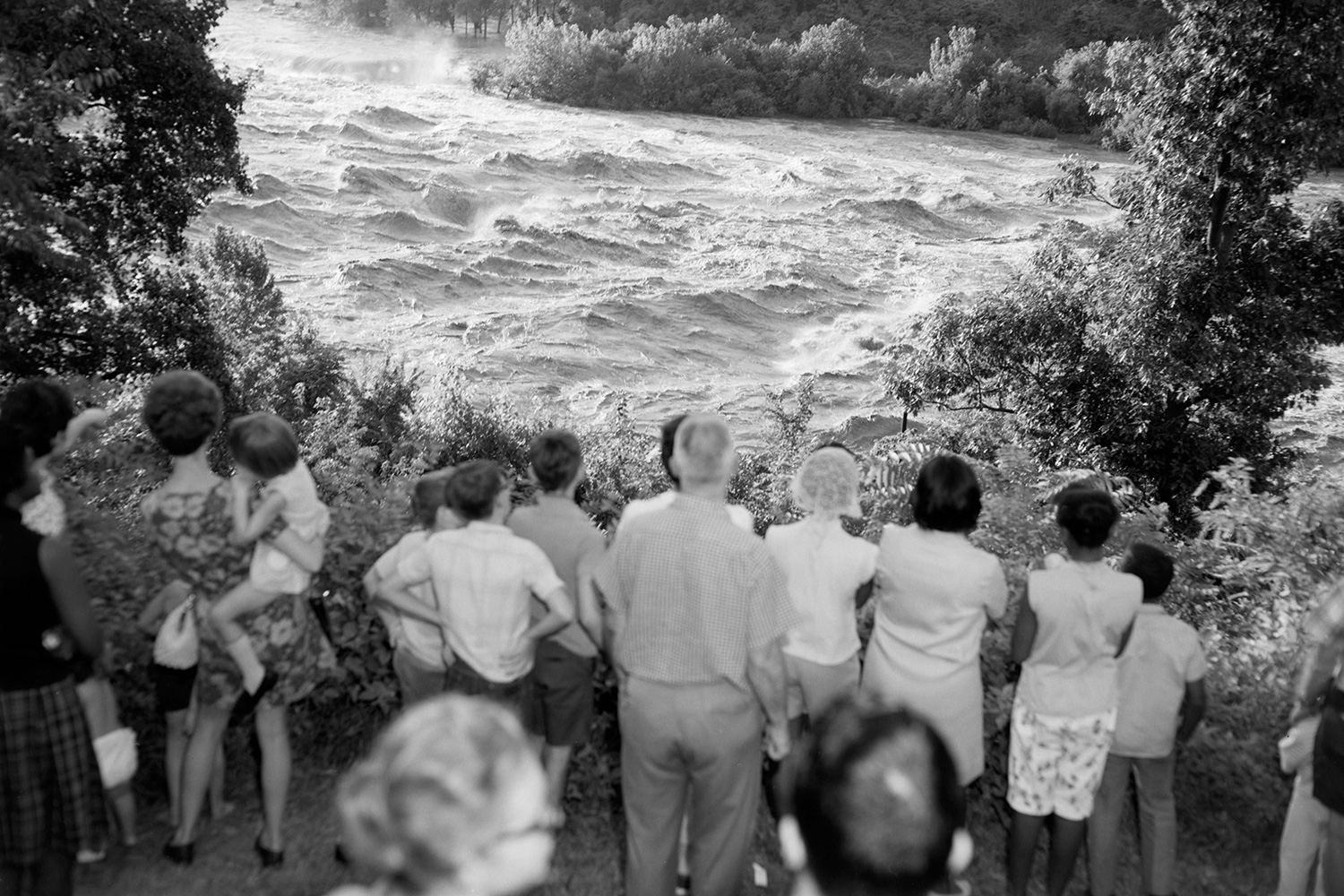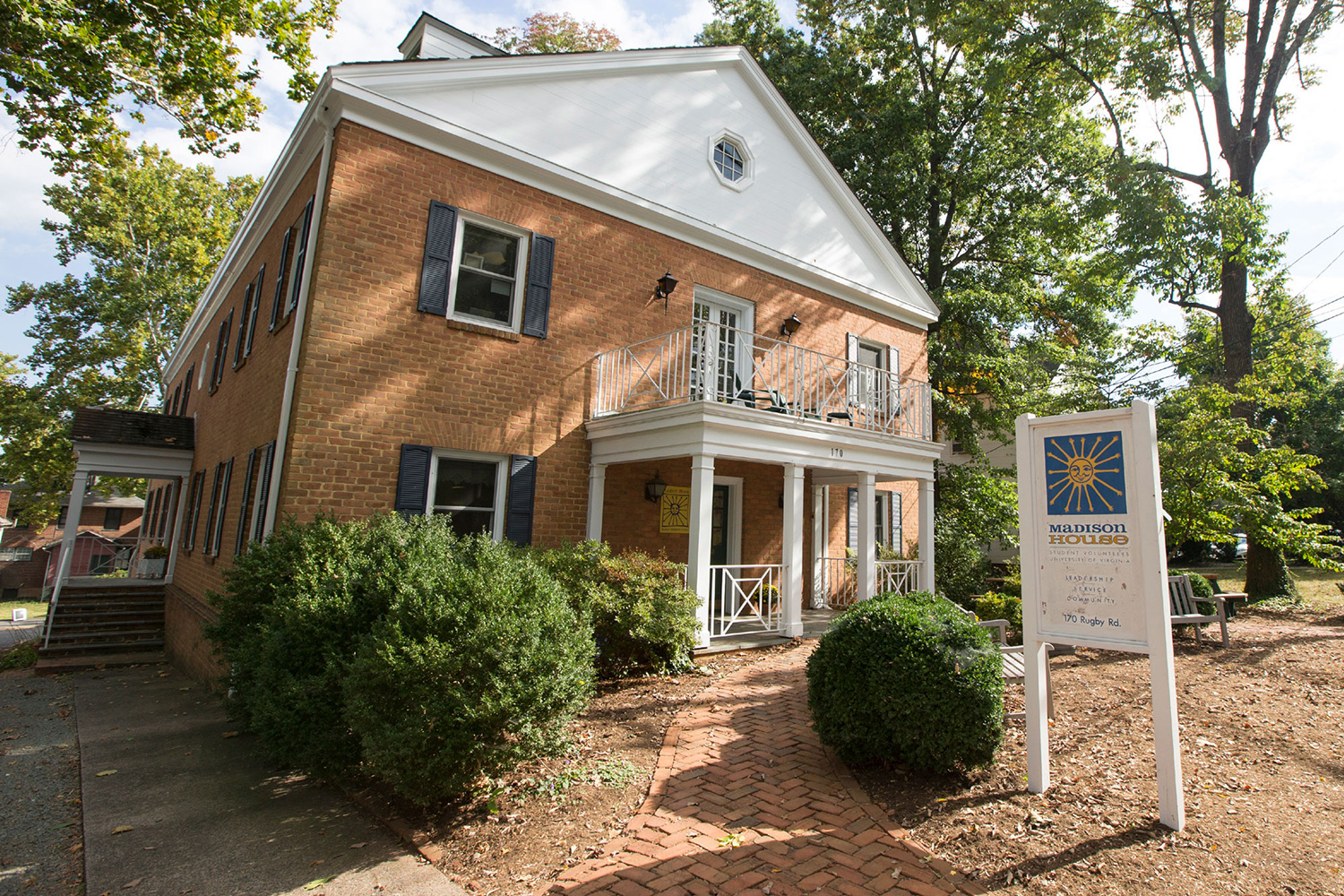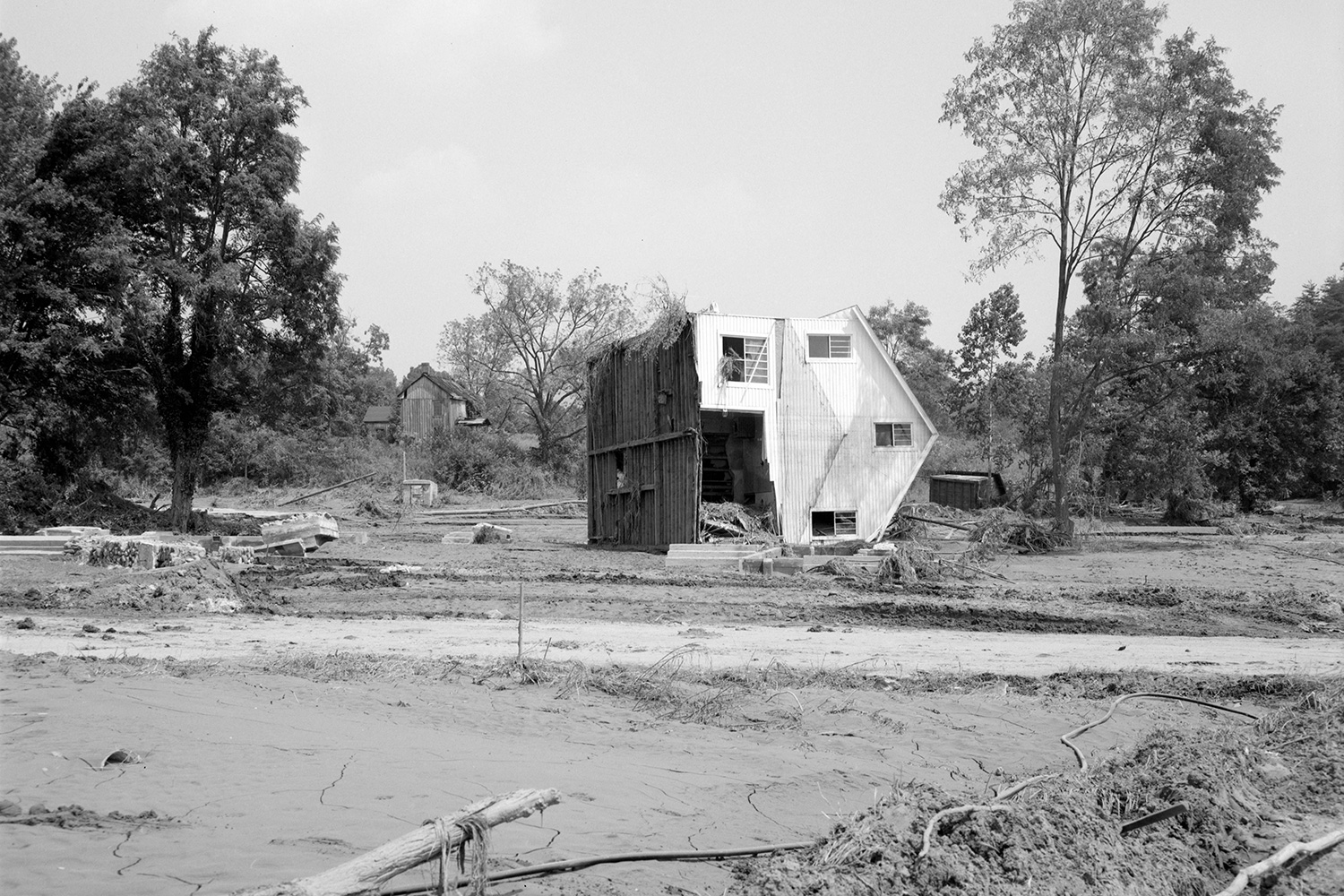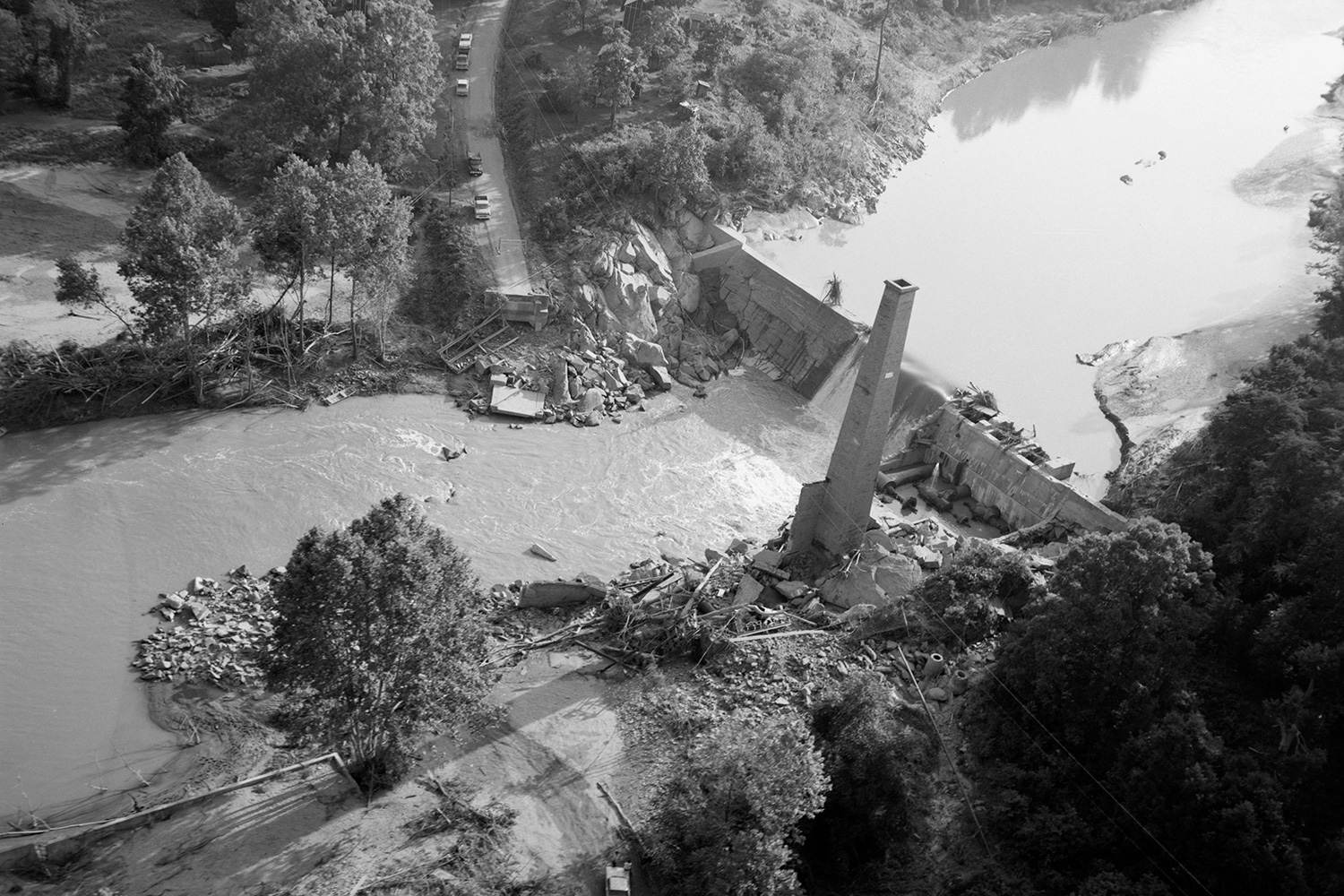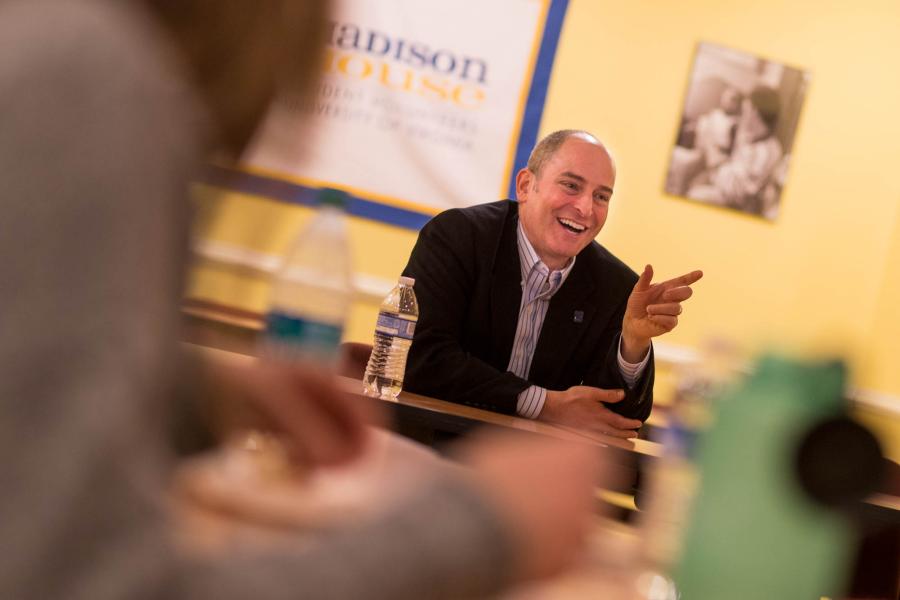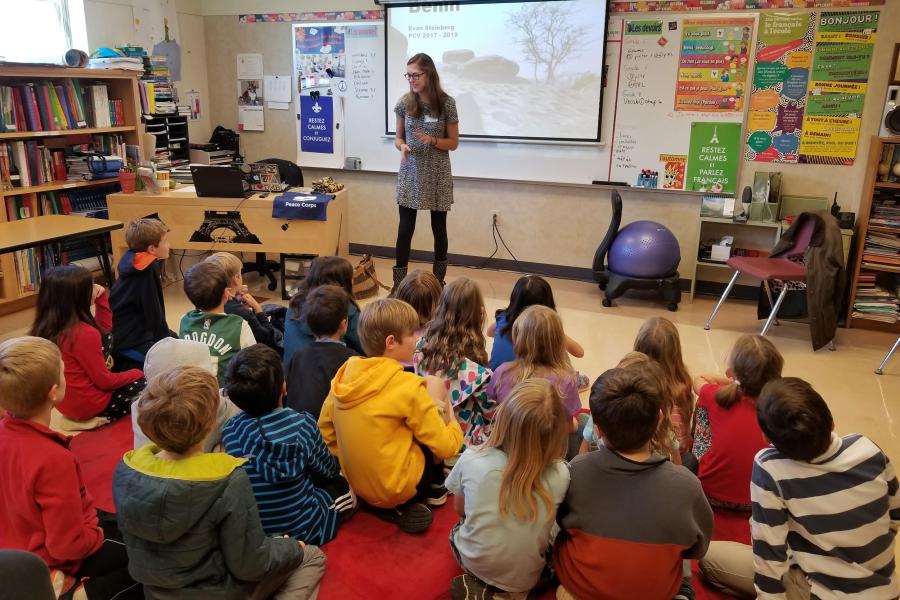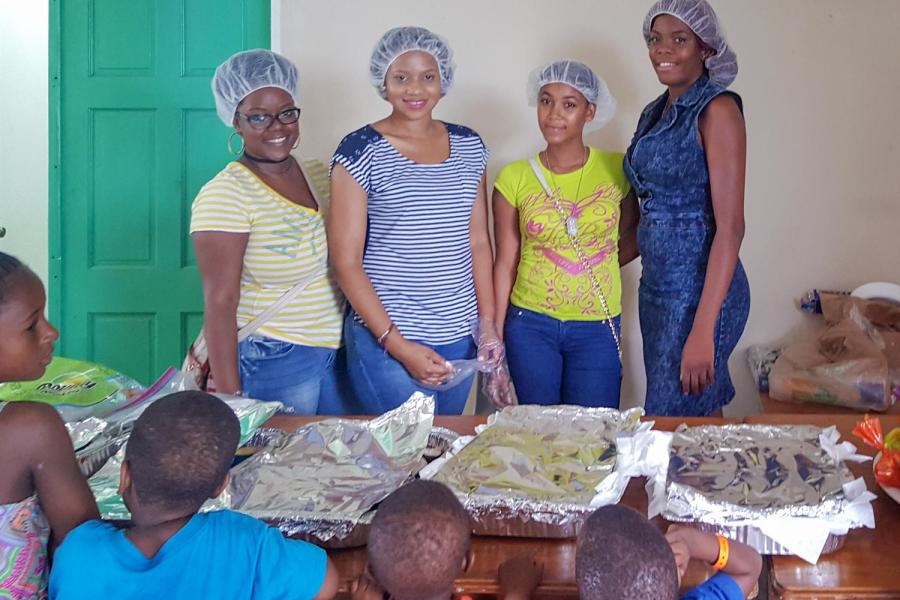Small planes flew over. The helicopters came, lower, and the men in them waved back when he waved. One came as he disassembled the jeep’s ignition. A voice on a bullhorn called out: “Any injured or dead?” He waved and shook his head, and the helicopter swooped suddenly upward to continue on its rounds. The portable radio was strangely useless. Its announcers told the news and sports. (“A major flood in Nelson County took several lives overnight, with many still not accounted for. All major roads and bridges are out. Local authorities have called on the governor to declare a state of emergency. And now here’s sports …”)
This was the scene 50 years ago this week, just a few miles down the road from the University of Virginia.
